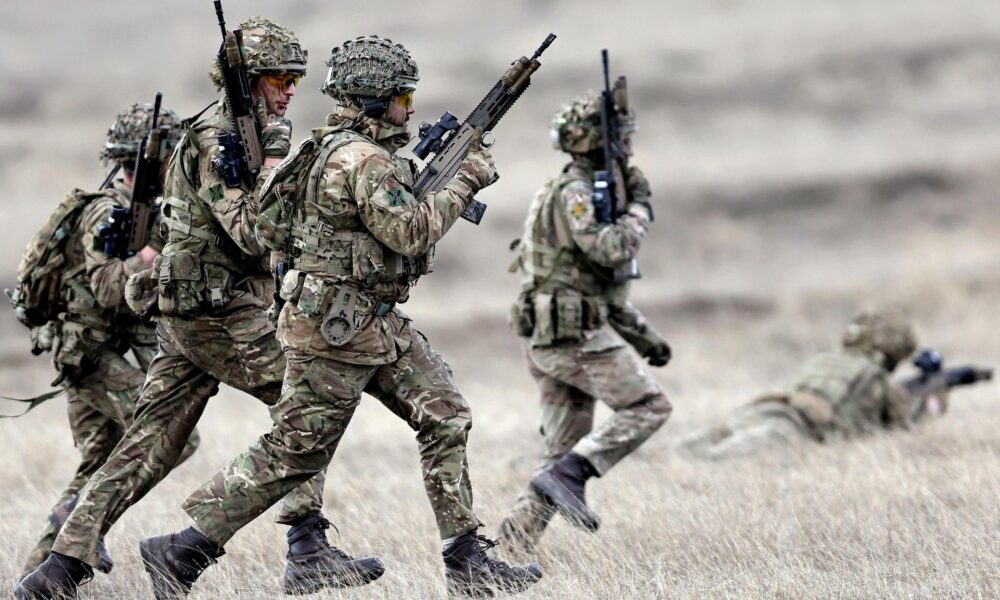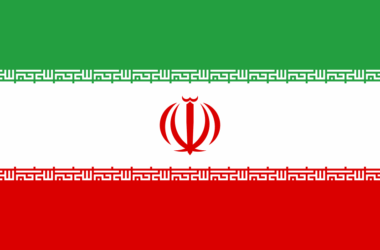In the brutal calculus of war, bullets and bombs are not the only projectiles. An equally potent, though often invisible, weapon is propaganda. It is the art of narrative control, the subtle manipulation of perception, and the deliberate shaping of public opinion that allows warring factions to achieve objectives far beyond the battlefield. From the trenches of World War II to the ongoing conflict in Ukraine and the middle east, propaganda thrives during war because it provides belligerents with an unparalleled ability to mobilize support, demonize adversaries, and ultimately, justify the unimaginable.
The fundamental utility of wartime propaganda lies in its capacity to turn popular sentiment in favor of conflict. Governments and military forces adeptly craft narratives that promote patriotism, national unity, and a shared sense of purpose, convincing their populations that the war is not merely a necessity but a righteous endeavor. This was evident in the widespread public backing for Western interventions in conflicts like the Korean War, both Iraqi Wars, and the ongoing Ukraine war, where consistent messaging framed these engagements through lenses of democracy, human rights, and self-defense, often obscuring complex geopolitical interests at play.
One of propaganda’s most effective tactics is the systematic demonization of the enemy. By portraying the opposing side as evil, barbaric, or untrustworthy, propaganda dehumanizes them, making violence against them not only palatable but seemingly necessary. This emotional appeal, often rooted in fear and anger rather than logical arguments, is particularly potent when targeting a population that is already predisposed to believe their own side is inherently just.
Beyond its domestic impact, propaganda plays a critical role in psychological warfare. It can be directed at the enemy population, aiming to demoralize them, undermine their support for their leaders, and even encourage surrender. However, as history shows, its impact on the opposing side’s core supporters is typically minimal. What Russia broadcasts will likely not sway Ukrainian minds, and vice versa. Propaganda’s true power lies in its ability to sway two distinct groups: fervent supporters who crave validation and good news, and the undecided who are vulnerable to narratives highlighting the alleged atrocities of the “other side.”
The role of propaganda is as vital in today’s conflicts as it was in World War II. During WWII, Hollywood and advertising giants orchestrated a masterful propaganda campaign in Allied nations. They maintained public morale despite heavy losses, highlighting victories, and often withholding information about setbacks, not just to confuse the enemy, but to keep their own populations committed. The revelation that the US public responded well to the truth during the Battle of Guadalcanal even led to more honest reporting as the war progressed, demonstrating the nuanced approach effective propaganda can take—using truth as often as lies.
Conversely, the Vietnam War stands as a stark testament to propaganda’s devastating impact when manipulated against one’s own war effort. President Johnson’s initial lies to Congress and the American people to garner support for intervention, coupled with a media that initially favored his narrative, sustained the war for a time. However, as the war dragged on, the mainstream media’s growing pessimism and open hostility towards the US military, fueled by direct North Vietnamese propaganda filtered through the press, dramatically shifted public opinion. The American media’s reporting of the Tet Offensive as a resounding defeat, despite it being a decisive US military victory, and their downplaying of communist atrocities, ultimately served as a major propaganda victory for the communist side. This consistent flow of false and misleading information directly contributed to the erosion of American support for the war and the eventual withdrawal of troops.
In the current global landscape, where information travels at lightning speed, propaganda remains a key element in war-fighting. It not only sustains civilian morale during conflict but also shapes the post-war narrative, ensuring that government decisions are viewed in a positive light long after the fighting ceases. While the methods may evolve with technology, the underlying principles remain constant: control the narrative, appeal to emotions, and manipulate perceptions.
The enduring success of propaganda during wartime is not merely about disseminating lies, but about constructing a reality that serves the belligerent’s objectives. It preys on pre-existing beliefs, exploits vulnerabilities, and, most importantly, provides a framework through which complex and often brutal events can be understood—or misunderstood—by the masses. In the theater of war, where minds are as much a battleground as any physical terrain, propaganda stands as the unseen, yet undeniably potent, weapon that continues to conquer hearts and minds.
Godwin Anyebe is a Journalist and a Rights Activist.









